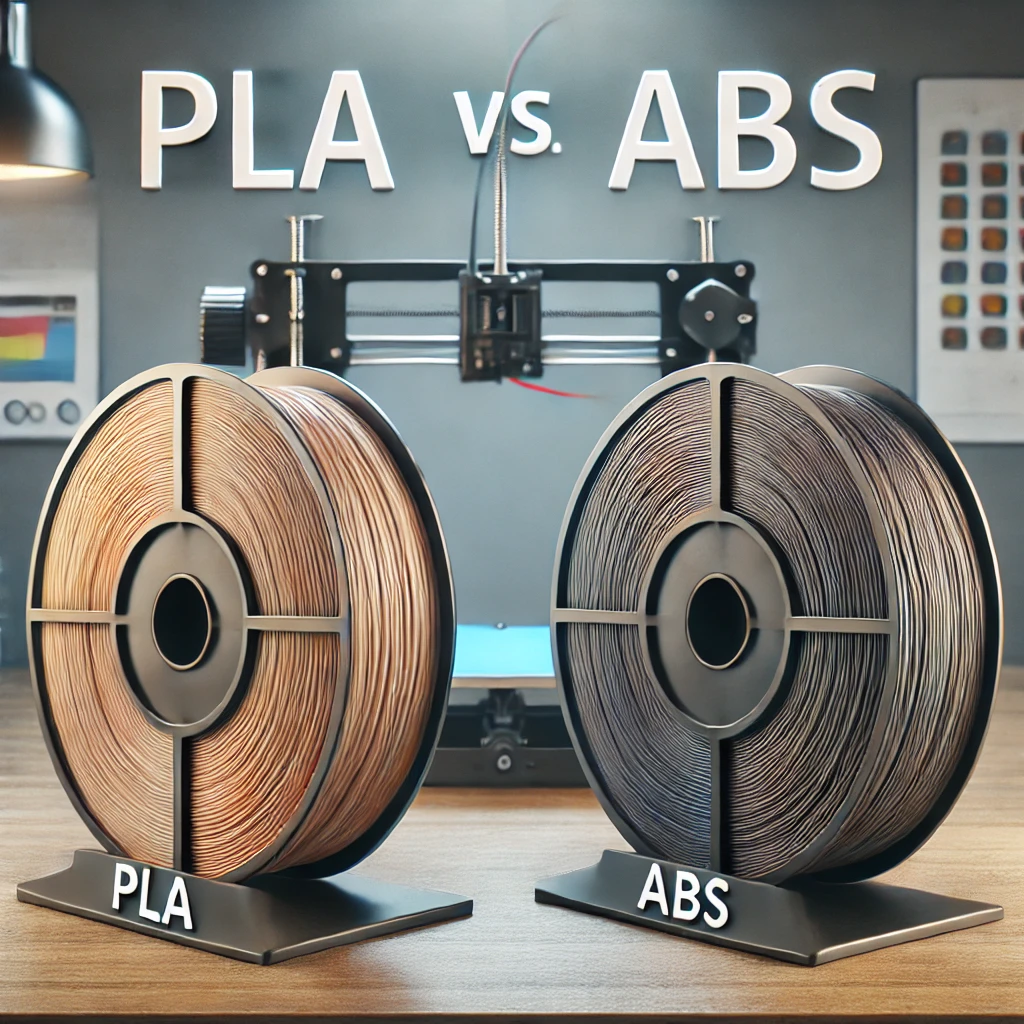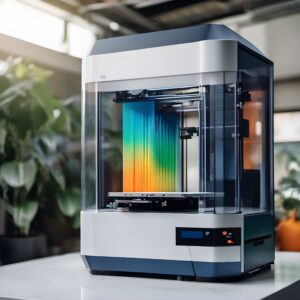PLA vs. ABS: Key Differences in 3D Printing Materials Explained

When it comes to 3D printing, choosing the right filament is crucial for achieving the desired results. PLA (Polylactic Acid) and ABS (Acrylonitrile Butadiene Styrene) are two of the most commonly used materials. Each has its unique properties, benefits, and drawbacks, making them suitable for different applications. In this article, we’ll dive deep into the differences between PLA and ABS to help you decide which filament is best for your next 3D printing project.
What is PLA?
PLA, or Polylactic Acid, is a biodegradable thermoplastic derived from renewable resources such as corn starch or sugarcane. It is known for its ease of use, making it a popular choice for beginners in 3D printing.
Key Characteristics of PLA:
-
Biodegradable:
Environmentally friendly, PLA is made from renewable resources. -
Ease of Printing:
PLA prints at lower temperatures and does not require a heated bed, reducing warping issues. -
Surface Finish:
Provides a glossy finish and can capture fine details, ideal for aesthetic or decorative objects. -
Odorless:
When printing, PLA produces little to no odor, making it pleasant to work with indoors.
Drawbacks of PLA:
- Heat Sensitivity: PLA has a lower melting point, making it less suitable for items exposed to high temperatures.
- Brittleness: It is more brittle compared to ABS, which may limit its use in functional parts requiring flexibility and durability.
What is ABS?
ABS, or Acrylonitrile Butadiene Styrene, is a petroleum-based thermoplastic known for its strength and durability. It is commonly used in manufacturing automotive parts, toys, and other high-impact items.
Key Characteristics of ABS:
-
Durability:
ABS is more durable and impact-resistant than PLA, making it suitable for functional parts. -
Heat Resistance:
With a higher melting point, ABS can withstand higher temperatures, which is ideal for objects exposed to heat. -
Flexibility:
ABS is less brittle than PLA and offers greater flexibility, reducing the chance of cracking or breaking under stress.
Drawbacks of ABS:
-
Printing Difficulty:
ABS requires a heated bed and higher printing temperatures to prevent warping and cracking. -
Fumes:
When heated, ABS emits unpleasant fumes, making ventilation necessary during printing. -
Environmental Impact:
Being petroleum-based, ABS is not biodegradable, which may concern environmentally-conscious users.
PLA vs. ABS: Which Should You Choose?
Choosing between PLA and ABS depends on your specific needs and the characteristics that are most important for your project.
-
Choose PLA if:
You are new to 3D printing or are creating aesthetic, decorative, or prototypical models that do not need to withstand high temperatures or stress. PLA is user-friendly and better for indoor environments due to its lack of odor. -
Choose ABS if:
You need a durable, heat-resistant material for functional parts that may be subject to mechanical stress or exposure to high temperatures. ABS is ideal for industrial applications or where strength and flexibility are crucial.
Both PLA and ABS have unique advantages that cater to different 3D printing needs. Understanding the differences between these two materials can help you make an informed decision and achieve the best results for your specific project. Whether you prioritize ease of use and environmental friendliness or require strength and durability, PLA and ABS offer versatile solutions for the 3D printing community.



